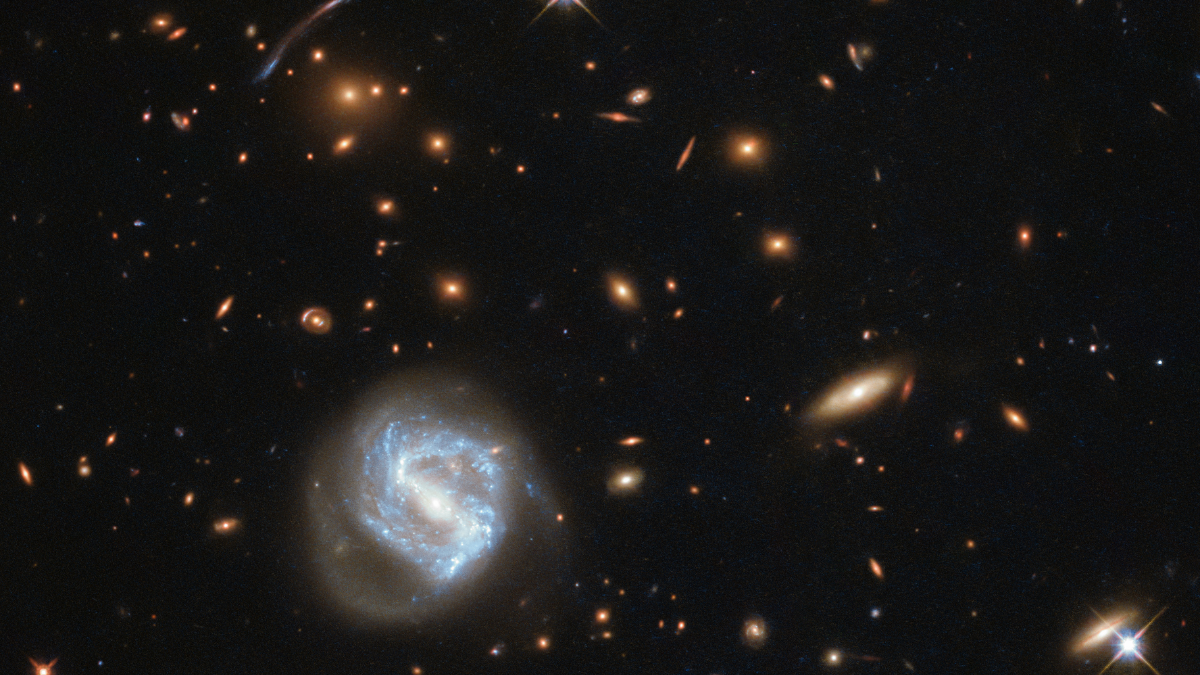Astronomers have identified what they believe to be the largest structure in the universe to date. Named "Quipu" after the ancient Incan method of record-keeping, this colossal superstructure stretches over an astounding 1.3 billion light-years, making it 13,000 times longer than our Milky Way galaxy.
The discovery was detailed in a study on the preprint website ArXiv, which has yet to undergo peer review. Quipu's vast expanse challenges the previous record holder, the Hercules-Corona Borealis Great Wall, which extends approximately 10 billion light-years but its existence is still under debate.

During their research, the team stumbled upon not just Quipu but four other giant structures as well, per Live Science. Together, these five superclusters encompass a significant portion of the observable universe, containing 45% of galaxy clusters, 30% of galaxies, and 25% of all matter.
Quipu, in particular, stands out as it's visible to the naked eye on sky maps without sophisticated detection methods. Superclusters like Quipu are not tightly bound by gravity like smaller structures; instead, they are vast associations of galaxy clusters, groups, and solitary galaxies. Our own Milky Way is part of the Laniakea supercluster, but on its outskirts.
The gravitational influence of Quipu plays a major role in the peculiar motion of our Local Group of galaxies, which includes the Milky Way. This motion suggests that Quipu might be pulling everything around it in a unique way, although further research is needed to understand these dynamics fully.
However, these superstructures are not eternal. The study predicts that in the future cosmic evolution, these giant structures will fragment into smaller, collapsing units.
The researchers emphasise the importance of studying these colossal entities. Understanding Quipu and similar structures can help refine our models of cosmology, providing insights into galaxy evolution and the overall structure of the universe.
ALSO SEE: Farewell Gaia! ESA's Decade-Old Telescope Retires After Delivering Best Map Of The Milky Way
ALSO SEE: Something Happened Before The Big Bang, Study Says. It May Solve Dark Matter Mystery
(Image: NASA)











